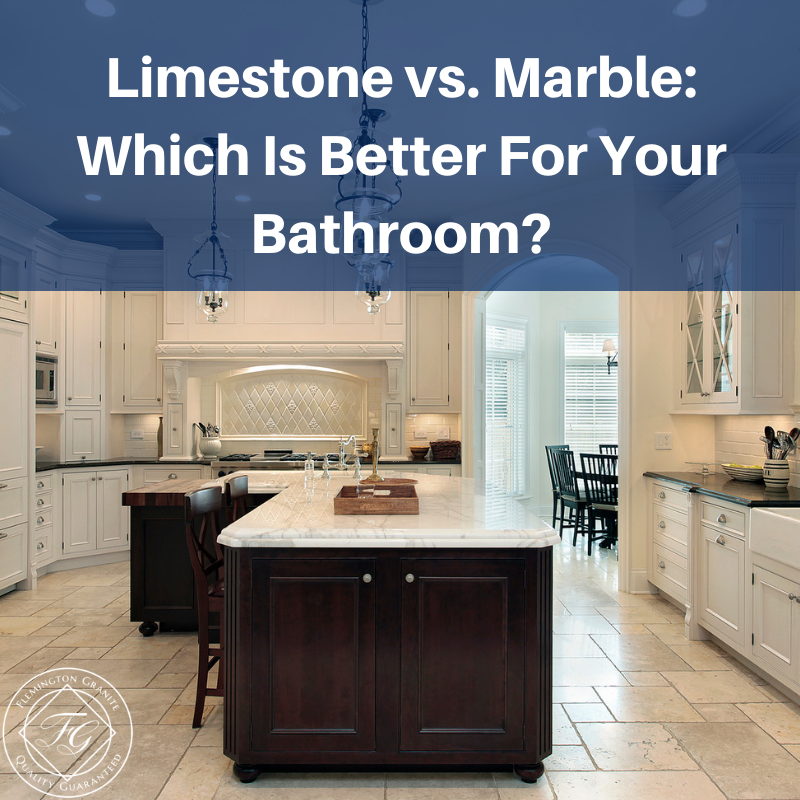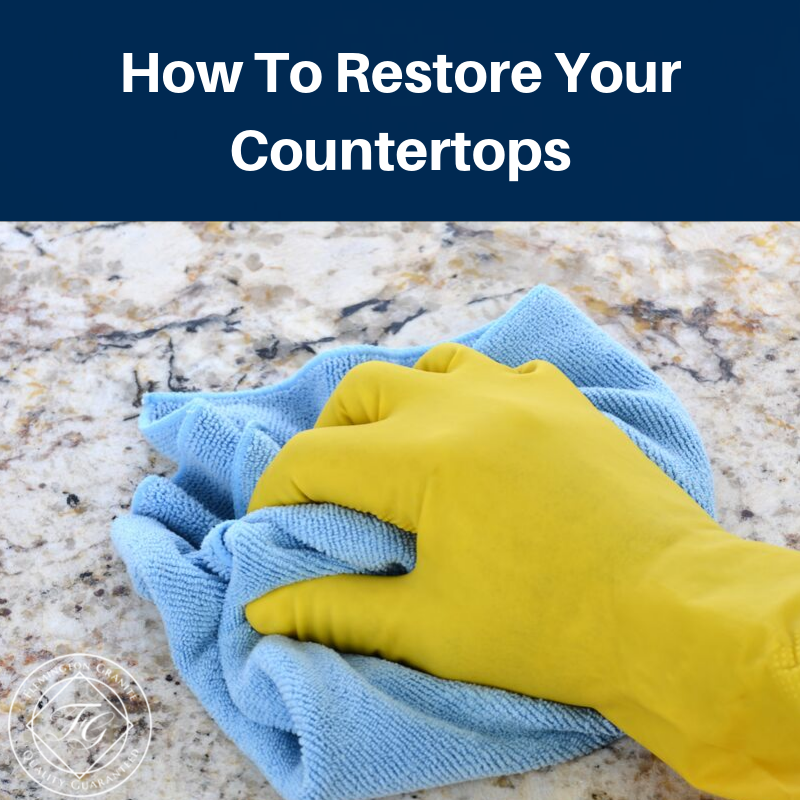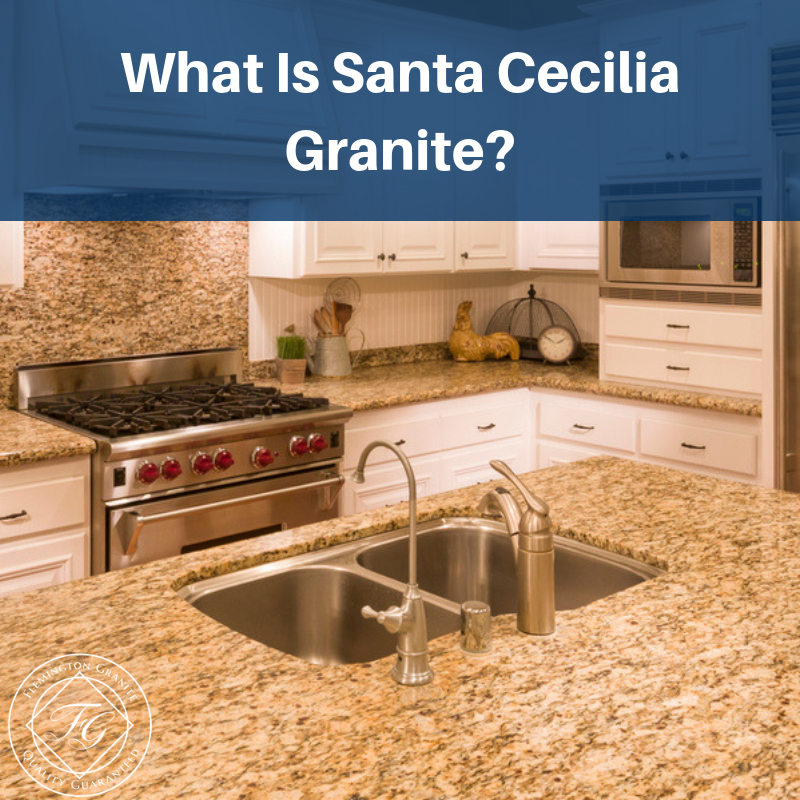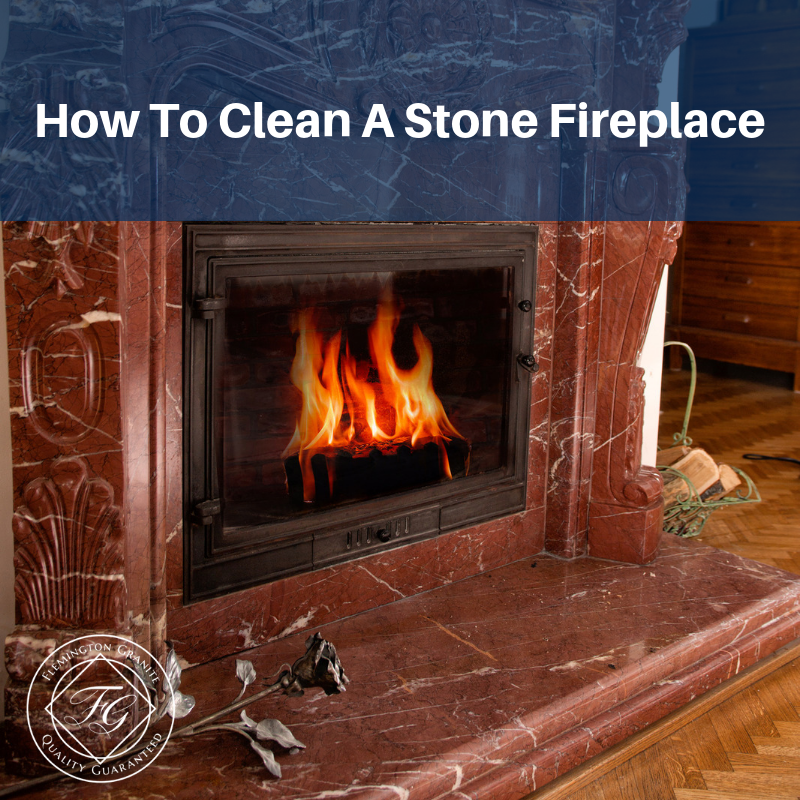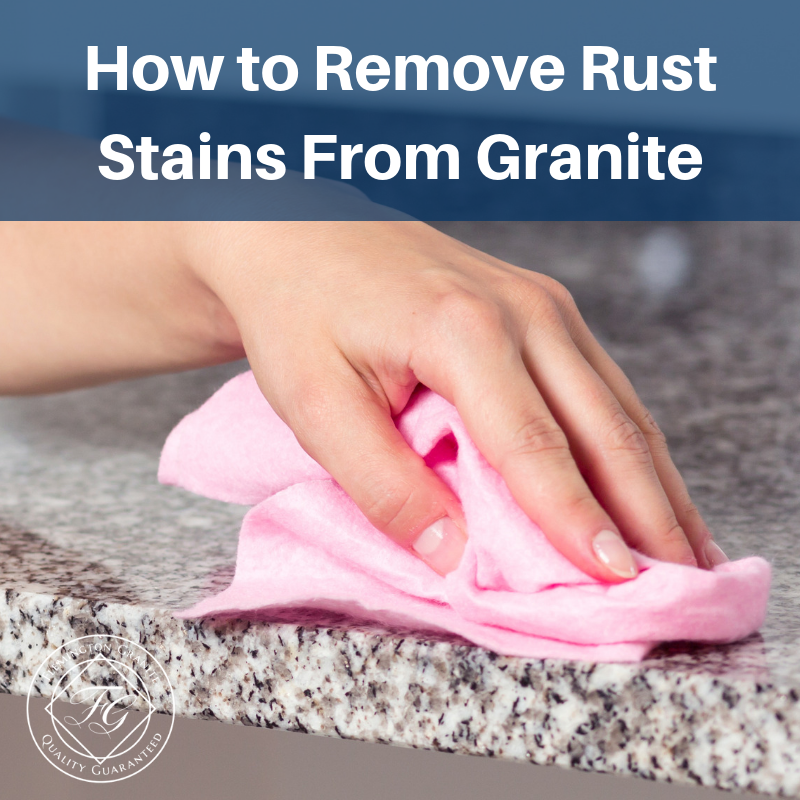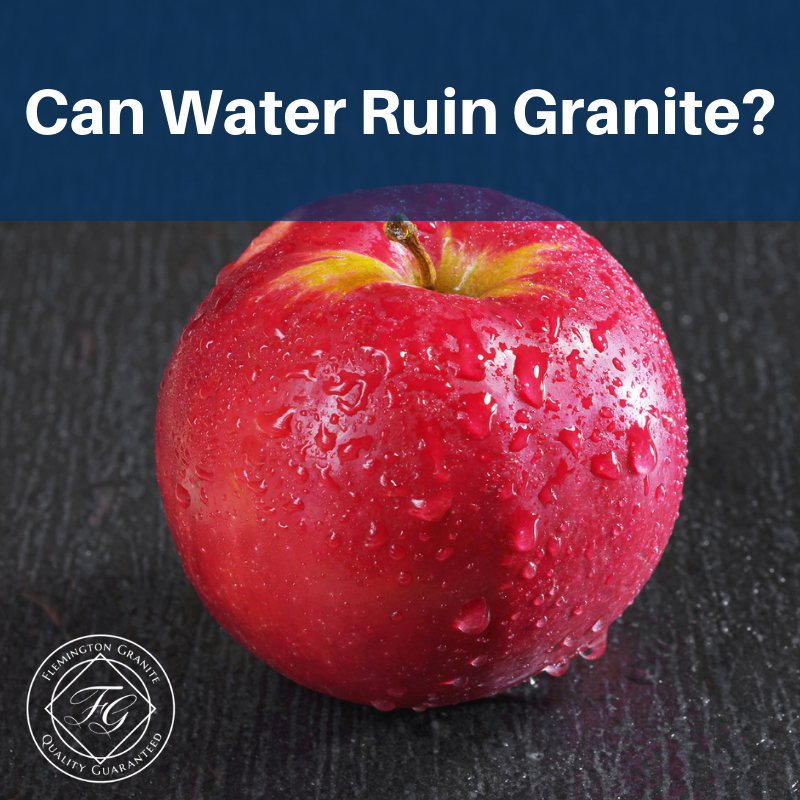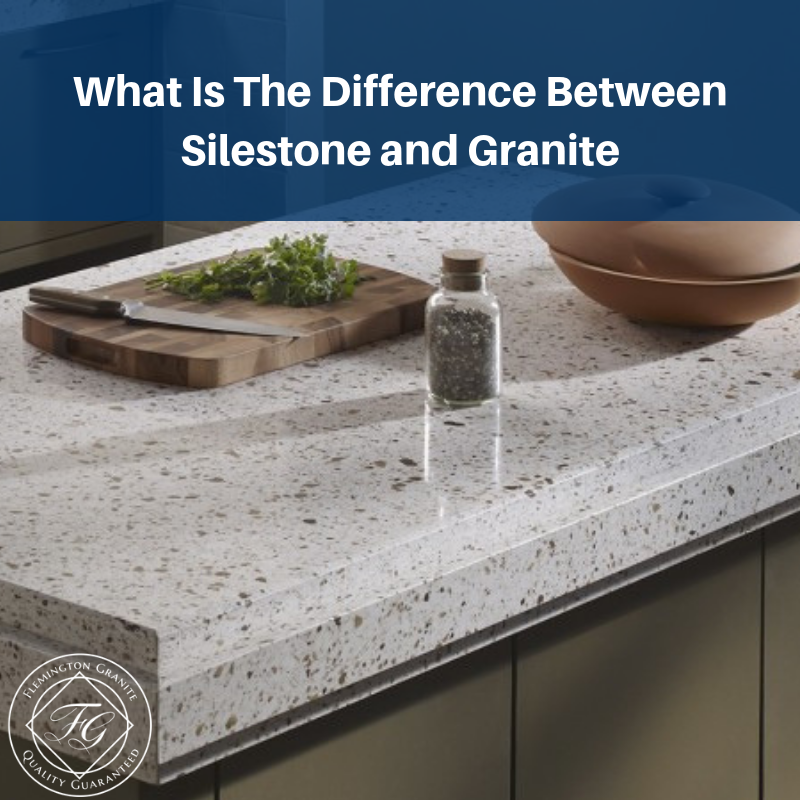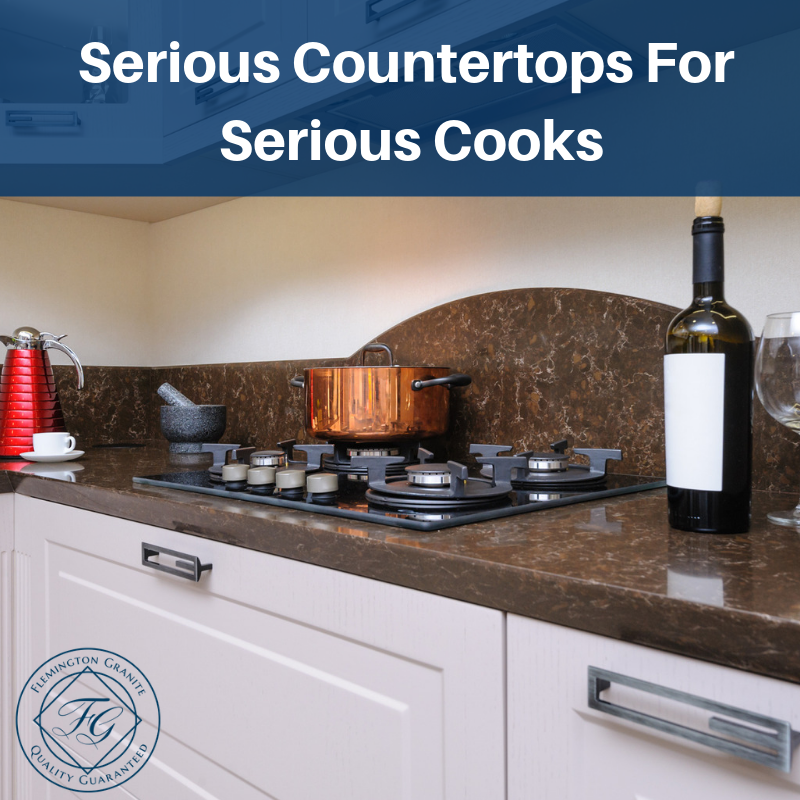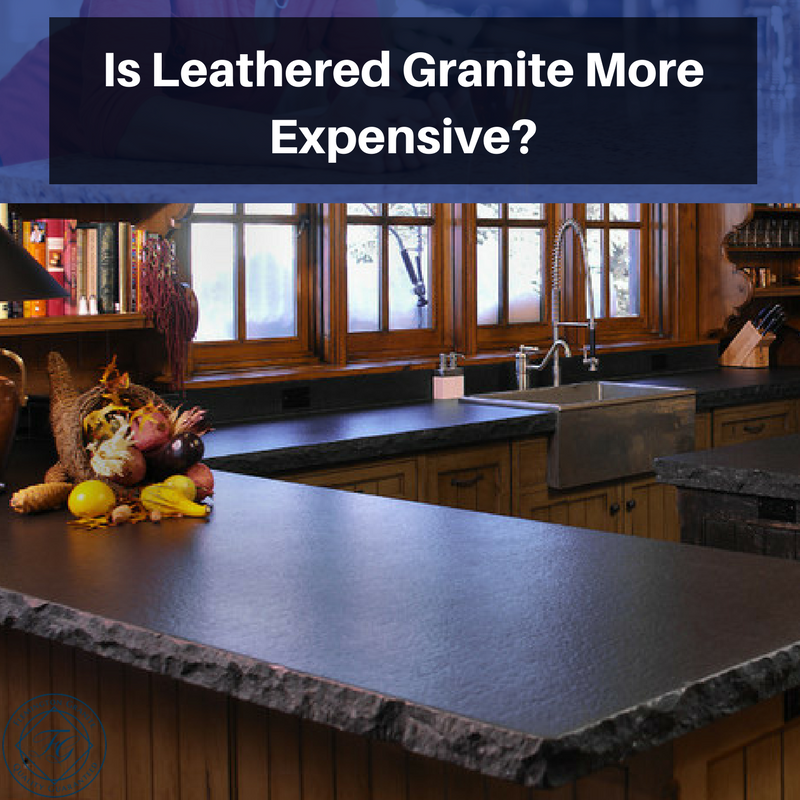Natural stone is truly a great choice for a bathroom countertop. It offers a mix of strength, beauty, utility, and uniqueness that is hard to refuse. However, there are some very important differences between the various types of stone, and it is very important that you understand those differences before attempting to choose the best type of stone for your bathroom surface.
For today’s article, we will be comparing limestone with marble. These are two of the most popular stones, but they are quite different from one another. By examining their various qualities, we can determine which one is the better all-around choice.
Durability
Durability is a very multifaceted thing, as a countertop must be able to resist a lot of things. For a bathroom sink, this factor is even more important. If we compare the chemicals that are commonly used in the bathroom with the chemicals that are commonly used in the kitchen, we will probably find the bathroom chemicals to be the harsher of the two. So, let’s start with resistance against chemicals.
Right away, we have a hard decision to make. We can see from this government report that both limestone and marble are affected by the problem of acid rain. Both limestone and marble tend to react with acidic substances by forming a gray or black crust of gypsum crystals. Thus, we can safely assume that acidic substances will stain both of these stones.
In terms of pure hardness, we can consult the Mohs scale again to check the relative hardness of these substances. So, we checked the properties of both marble and limestone. Guess what? It’s a dead tie. Both of these stones are composed mostly of a mineral called calcite, and so both of them have a hardness of three.
Upon looking a little more closely, we see that calcite itself is a form of calcium carbonate. Calcium carbonate is one of the most abundant substances in the natural world. Seashells, chalk, and your fingernails are all composed of this same mineral. As you can see, calcium carbonate has many forms, and this is one of them.
Beauty
In the beauty department, there is no doubt that marble takes a point. Let’s not forget that this stone was one of the most prized building materials of the ancient world. As we have already seen, marble was not chosen for its hardness. In fact, it is believed that the ancients used marble for so many buildings because it was not that hard to carve. Trying to build a Roman palace out of granite blocks would have been far more difficult.
It’s easy to see why marble became so popular for decorative purposes. When presented with a stone that is both beautiful and easy to use, people in the past must have felt that they discovered something truly wonderful. However, it should be noted that the original facing stones of the great pyramid were made of white limestone and that those stones might have been mistaken for marble.
Limestone, however, does have a certain beauty of its own. While it cannot match the high-class look of marble, it can offer a rustic beauty that goes very well with certain styles. In fact, those who prefer a more natural look will probably be more likely to choose limestone. There’s something about polished marble that just doesn’t fit with more primitive decor.
Cost
When it comes to cost, the limestone wins a definite victory. Marble is one of the most expensive decorative stones on the market (if not the most expensive!), while limestone is one of the cheapest. To get an idea of how much the difference might be, let’s make a price comparison.
This limestone tile is exactly one-foot square and costs about $10. Now, let’s look for a similar piece of marble. This piece here is the same size and costs about $17. We are surprised to see that the price difference isn’t as big as we would have expected. After all, limestone is a lot easier to find than marble.
Need For Sealing
So, we should ask ourselves: Do either of these stones require sealing? Based on what we have already learned, it is safe to say that they both do. We already know that these rocks have the same hardness and that both are porous stones that can absorb liquid. When we dug a little deeper, we found that limestone is actually more porous than marble, which means that limestone will not do as good a job at resisting moisture.
For this reason, limestone will probably require more sealing than marble. Both are porous, but limestone will absorb much more. That means it will “drink” more sealer than marble and will thus require more product to do the same job. However, there is plenty of evidence to show that marble stains easily. Thus, we must assert again that both stones require sealing and that this round is a tie.
Conclusion
So, let’s review the results of this epic contest and see who has emerged victorious. In terms of durability, we had a dead heat. With an equal hardness and an equal vulnerability to chemicals, neither marble nor limestone could claim victory here. It’s worth noting at this point that limestone and marble are just two forms of the same mineral (calcite), and that’s why they are so similar.
In the beauty category, marble takes the point, even though some varieties of limestone are almost as beautiful as the finest marble. In fact, pure white limestone looks a lot like marble when polished. Limestone definitely gets the win on cost-effectiveness, as it offers very similar performance for a much lower price. Finally, we come to the sealing factor, which was also a tie. As you can see, this contest is a draw. We hope that you have enjoyed this epic matchup and that you will fill out the contact form below to receive more of our expert research.
Jump to top

